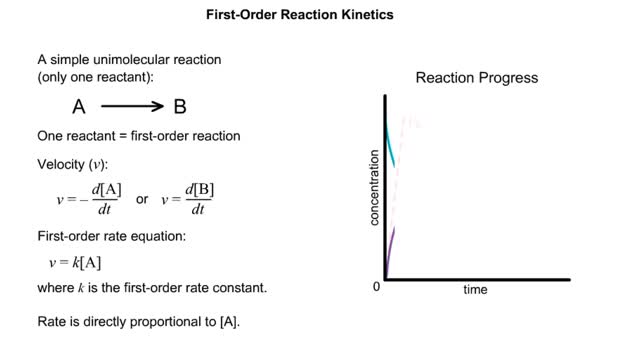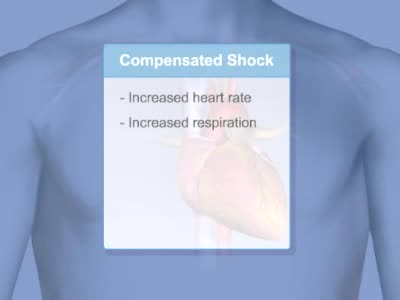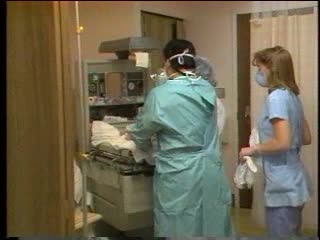Search Results
Results for: 'Hemoglobin's affinity with oxygen'
Carbon fixing adaptations Animation
By: HWC, Views: 4081
Different plants trap carbon by different pathways. Most C3 plants evolved in moist, temperate zones. On hot dry days they close their stomata to conserve water and oxygen accumulates. Under these circumstances, the enzyme rubisco uses oxygen in an inefficient reaction that competes with t...
By: HWC, Views: 10274
The first reactions involve a single 6-carbon glucose sugar undergoing phosphorylation using two ATP molecules and resulting in two 3-carbon compounds. • The rest of this pathway involves an oxidation reduction reaction, forming two reduced coenzymes, and generation of four ATP molecules. ...
By: HWC, Views: 9166
✔ https://HomeworkClinic.com ✔ https://Videos.HomeworkClinic.com ✔ Ask questions here: https://HomeworkClinic.com/Ask Follow us: ▶ Facebook: https://www.facebook.com/HomeworkClinic ▶ Review Us: https://trustpilot.com/review/homeworkclinic.com Kinetics is the study of the rat...
Photosynthesis overview Animation
By: HWC, Views: 3989
Illustration of the interrelationships of the light-dependent and light-independent reactions of photosynthesis. The light-dependent reactions split water, and produce ATP and NADPH. Oxygen is a by-product of these reactions. ATP and NADPH, together with carbon dioxide, are reactants in ...
By: Administrator, Views: 12643
Shock is a life-threatening condition in which delivery of oxygen to the organs is low, causing organ damage and sometimes death. Blood pressure is usually low.
Brief Summary on Photosynthesis - Animation
By: HWC, Views: 8953
Can increase its weight by 150 pounds as it grows. Where does the new tissue come from? From the soil? From water? Or possibly from the air? The amazing truth is that new material. comes from an invisible gas in the air. In the process of photosynthesis, plants capture carbon dioxide ga...
Bond in biological molecules (Ionic, Covalent and Hydrogen bonds)/ How atoms bond?
By: HWC, Views: 7260
Sodium atoms and chloride atoms have unfilled orbitals in their outer shells. The lone electron in the outermost shell of a sodium atom can be pulled or knocked out. This ionizes the atom. It is now a positively charged sodium ion. A chlorine atom has an electron vacancy in its outer shell and...
Labor and Delivery - Infant Cord Apgar
By: Administrator, Views: 408
As soon as your baby is born, a delivery nurse will set one timer for one minute and another for five minutes. When each of these time periods is up, a nurse or physician will give your baby her first "tests," called Apgars. This scoring system (named after its creator, Virginia Apgar) helps t...
ETC Protein Complexes & Chemiosmosis (Total ATP Production and ATP Synthase)
By: HWC, Views: 9678
You will notice that FADH2 donates two electrons further downstream than NADH. This results in only two protons being pumped across the inner membrane. The final electron acceptor for these transported electrons is oxygen. Oxygen receives these electrons, plus protons from the aqueous matrix. ...
Advertisement











